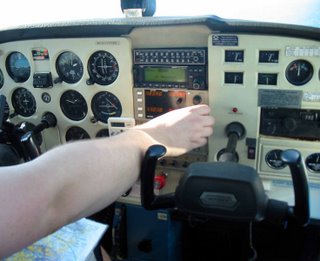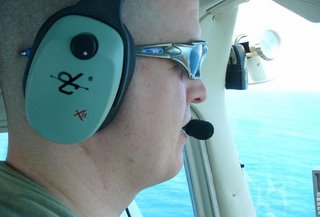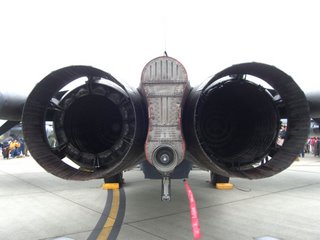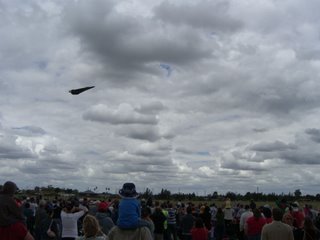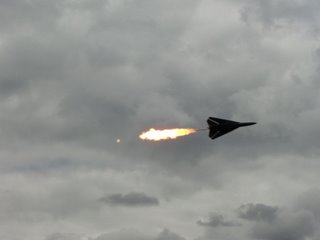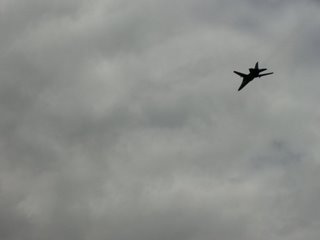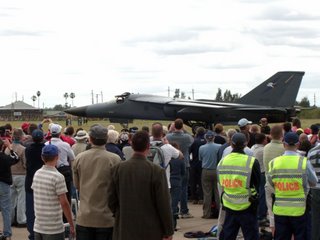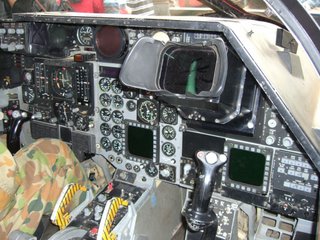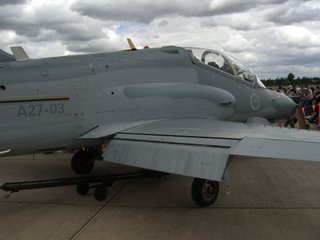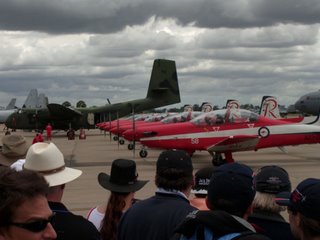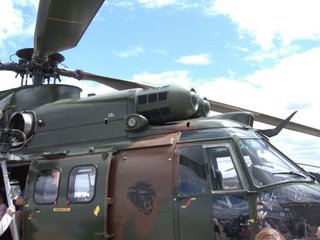Going to 'The Dish' (Parkes)
Flight hours: 3.3
Study hours: 0
Note: This event occurred during October
Preface: The plan was to fly out to Parkes and go visit the dish. The only preparation outside of flight planning was to ensure that the radio telescope was open for tours. Hilarity ensues.
Guest writer: Wade Beattie AKA Turtle
It was an ordinary day, besides waking up late next to a few empty bottles of Bacardi Rum. Today we were going to fly out to the dish, the same radio telescope that was used in the movie 'The Dish'.
Getting out to the airport, it was the first time I had seen a light aircraft up close. I was surprised at how cramped you could get inside a small plane when you pack a couple of motorised scooters. Also the fact that weight and balance can be an issue and that the windows opened... Cool.
Geoff's preparation of the navigation logs, fuel, charts and instruments seemed complex, but he assures me that anyone can learn. Before pulling the aircraft out of the hangar, I was shown how to perform the first daily inspection, a detailed check of the various aircraft systems and flight controls.
We taxied out to the run-up area and had discovered a rough running engine when only using one magneto. That was soon sorted out by leaning the engine and running a slightly higher rpm.
Before long we were airborne after a crosswind takeoff, which I found interesting as when we gained altitude, the plane was turned into the wind by a large degree, yet we were still flying straight ahead.
We flew west over the Blue Mountains and initially the bumpiness and hangover started to gain control. Soon after, the air smoothed out and everything was 'plane' sailing. Geoff never tired of me speaking as a captain or randomly yelling out "Contact!".
Approaching Parkes, we flew over the airfield and the windsock was swinging in different directions up to 180 degrees making it harder to pick the best runway. I was a little worried as when I asked the captain what we were going to do because of the changing wind, his reply was "Not sure, I think I need to use a lifeline and phone an instructor. Can you pass me the phone? We didn't cover landings in training".
After a smooth landing, we parked the plane and prepared the scooters. We were using the scooters to get ourselves around town. The airfield is about 6 kilometres from the town centre and we found out that the road to get there was a highway. Perhaps we should have booked a taxi!
Leaving the airfield on our scooters, stunt driver Geoff decided to navigate himself over a cattle grate at full speed. In the process, the scooter partially disintegrated when the rear wheel was forcefully ripped off the scooter after it was launched skyward from hitting the first grate.
The scooter came to a sliding stop, sparks being generated from the steel frame sliding along the bitumen, with Geoff perfectly balancing on it. The engine was still producing power and the rear wheel flicked up into the air, over Geoff's head and bounced down the road. To put this into perspective, Geoff is 6 foot 4.
He turned around to face me and cut the engine. Now we had to find the wheel and I had to manage to not crash my scooter by the fact that I couldn't stop laughing. On quickly inspecting the scooter, we found we could fix it if we could get some tools. Amazingly the chain had not broken.
Taking the scooter back to the airport, we found an aircraft mechanic and borrowed some tools so that we could start our repairs. This involved bending the frame straight, removing the rear brakes and re-inserting/re-tensioning the rear wheel.
One hour later we were back on the highway, but only after we lifted the scooters over the cattle grate. Travelling along the open highway at 40 kilometres an hour, we soon reach the town centre only to find that my scooter now needed a service, the clutch was no longer supplying power properly to the rear wheel.
After borrowing more tools and fixing my scooter as best we could, taking the better part of another hour, it was time to think about flying home. At least we know how to find Parkes and that scooters were impractical for this airport. Perhaps we should spend a night or leave earlier in the morning so that if we have to conduct ad-hoc repairs, we have enough time for a tour as well.
Flying back home, Geoff let me fly most of the way back. I had trouble with altitude and directional control initially, so that we were heading south instead of east, but this was fairly short lived and I felt relaxed at the controls.
Geoff performed a wing over near a Sydney's Warragamba dam. Wingovers are fun. Back at Bankstown, we cleaned the plane and put it away.
Still looking forward to seeing the dish.





























